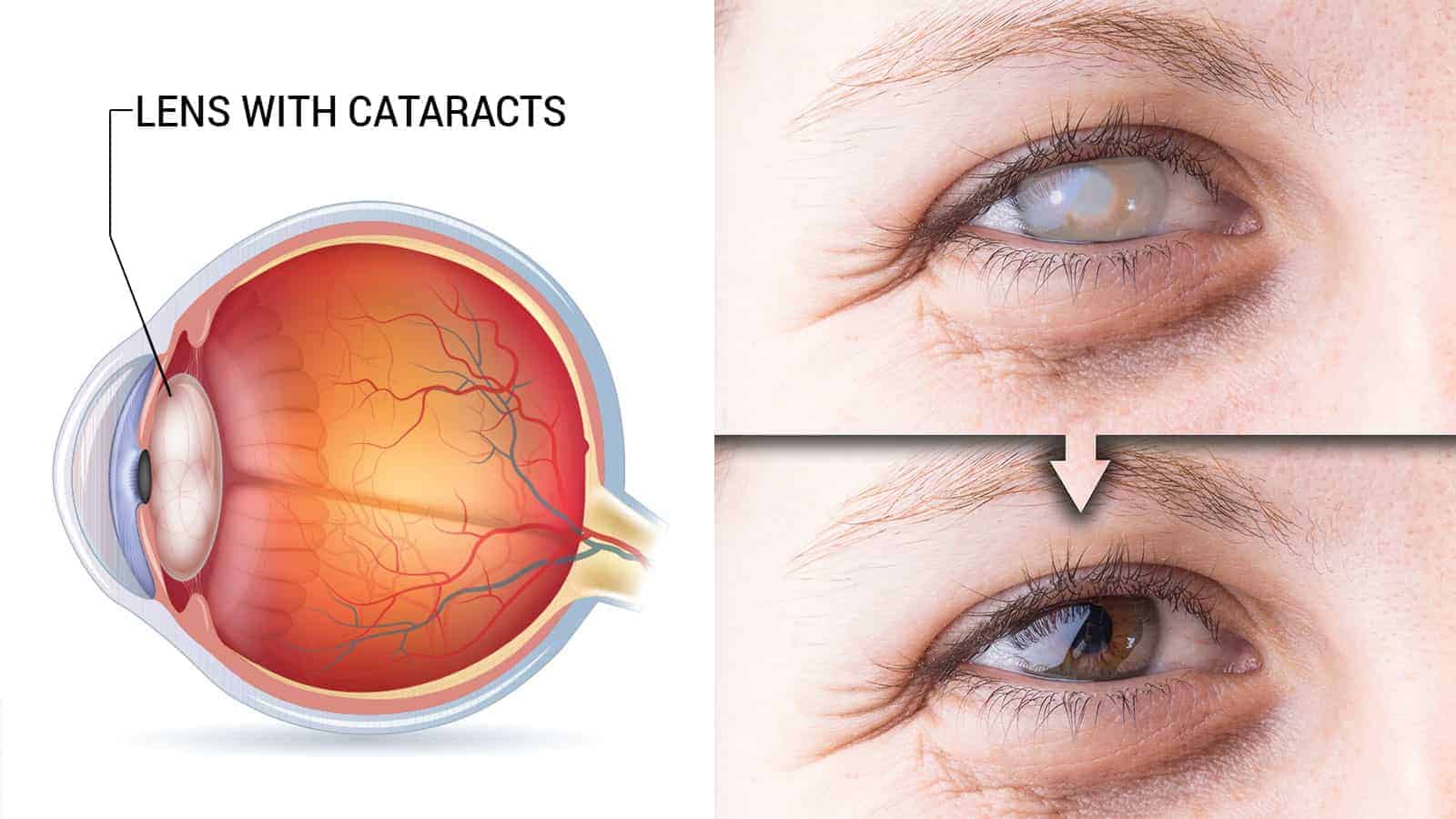What Causes Early Onset Cataracts
Cataracts are a common eye condition that affects many people, particularly as they get older. The condition occurs when the lens in the eye becomes cloudy, leading to blurred vision and difficulty seeing clearly. There are a number of different factors that can contribute to the development of cataracts, including genetics, environmental factors, and lifestyle choices.
Understanding the Causes of Cataracts

One of the primary factors that contributes to the development of cataracts is age. As we get older, our eyes naturally become less able to repair themselves, which can lead to the development of cloudy areas in the lens. Other factors that can contribute to cataract development include exposure to UV radiation, smoking, and certain medications.
In addition to environmental and lifestyle factors, genetics can also play a role in cataract development. Some people may be more predisposed to developing the condition due to their family history or genetic makeup. However, regardless of the cause, there are a number of treatment options available for those with cataracts.
Symptoms of Cataracts

One of the most common symptoms of cataracts is blurred vision or difficulty seeing clearly. Other symptoms may include trouble seeing in low light conditions or a yellowing or darkening of color vision. Some people may also experience a sensitivity to light or glare, or have double vision in one eye.
If you are experiencing any of these symptoms, it is important to speak with your eye doctor as soon as possible. They can perform an exam to determine if cataracts are the cause of your vision problems and recommend appropriate treatment options.
Treatment Options for Cataracts
There are a number of different treatment options available for those with cataracts, depending on the severity of the condition. In mild cases, a change in eyeglass prescription may be sufficient to improve vision. However, in more severe cases, surgery may be required to remove the cloudy lens and replace it with an artificial one.
Cataract surgery is typically a very safe and effective procedure. It is generally performed on an outpatient basis and requires only a local anesthetic. Most people are able to return to normal activities within a few days of the surgery.
Preventing Cataracts
While it may not be possible to completely prevent cataracts, there are a number of lifestyle changes that can help to reduce your risk of developing the condition. These include wearing sunglasses that protect against UVA and UVB radiation, eating a healthy diet that is rich in antioxidants and other nutrients, and avoiding smoking and excessive alcohol consumption.
Regular eye exams are also important, as they can help to detect cataracts early on and allow for prompt treatment before vision problems worsen. Your eye doctor can recommend a schedule for regular eye exams based on your age, medical history, and other factors.
Conclusion
Cataracts are a common eye condition that can be caused by a number of different factors, including age, genetics, and environmental factors. Symptoms include blurred vision, sensitivity to light, and difficulty seeing in low light conditions. Treatment options include changes to eyeglass prescriptions and surgery, depending on the severity of the condition. Lifestyle changes, such as wearing sunglasses and eating a healthy diet, can help to reduce the risk of developing cataracts, and regular eye exams are important for detecting the condition early on.